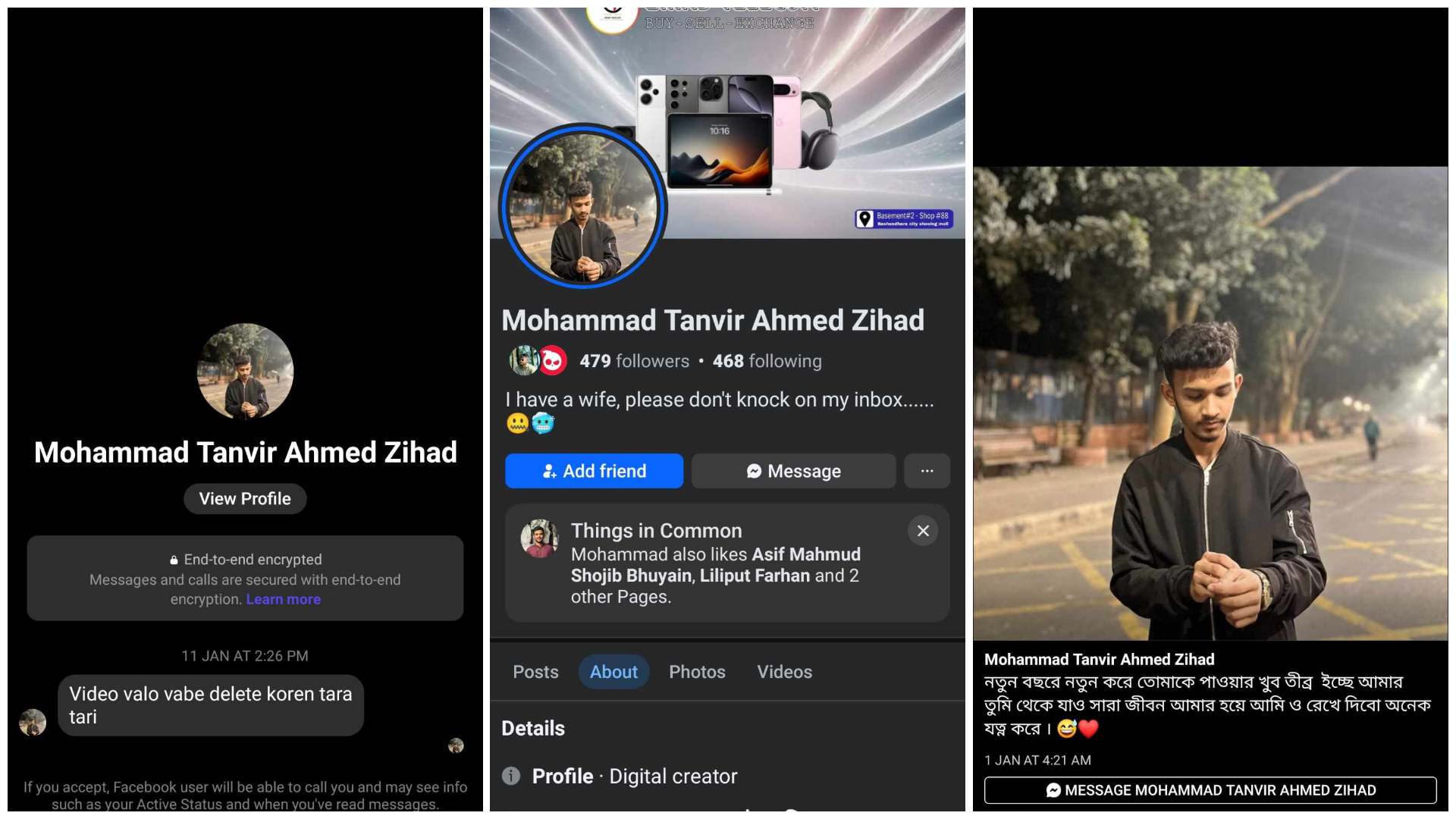The article "
From Puppet to Powerhouse: A Global Study of the Independence of State and Public Media" offers a thorough examination of the 2023 study of the editorial autonomy of state and public media on a global scale. The analysis, carried out by the Media and Journalism analysis Center, encompasses 157 nations and utilizes a typology created in 2021 to investigate state and public media. The analysis utilizes data gathered over the last seven years and suggests a categorization of state and public media based on funding, ownership/governance, and editorial autonomy. The survey demonstrates that the government maintains a firm grip on state media, since around 83% of state-controlled media organizations lack autonomy in their editorial decision-making. Although there has been a little decline in the proportion of media organizations classified as state-controlled, the general pattern indicates an ongoing necessity to protect the autonomy of editorial content in state and public media globally._x000D_
_x000D_
The study's primary results reveal that almost 83% of the 592 state-administered media organizations in 157 nations do not possess editorial autonomy. This indicates a rise from the 80% documented in 2021. The proportion of media outlets classified as state-controlled has somewhat decreased, including almost 76% of the 493 outlets that lack independence. The report also emphasizes the extensive influence of state and public media, as these media bodies collectively possess almost 6,200 media assets, encompassing television and radio channels, print titles, news agencies, and news portals. Currently, there are only 99 outlets that possess editorial independence, and out of them, only 19 are classed as independent public service media, which is often regarded as the highest threshold for media independence. The report also highlights alarming patterns, such as the increasing number of media outlets that have been taken over, especially in Europe, and the absence of autonomous public media outlets in Eurasia, Sub-Saharan Africa, Latin America, and the Middle East and North Africa (MENA) regions._x000D_
_x000D_
The report presents a comprehensive review of the condition of state and public media in Europe, Eurasia, and Sub-Saharan Africa, focusing on the regional trends identified. Within Europe, although the continent remains at the forefront in terms of the quantity of autonomous state and public media, the proportion of independent public and state media has been steadily diminishing. The study examines both favorable and unfavorable advancements in different European nations, underscoring the persistent obstacles encountered by autonomous public media, notably in response to incessant assaults from right-wing politicians. The report presents a bleak portrayal of state media control in Eurasia, revealing that 97% of the 65 state media outlets in the region are subject to stringent government oversight. The media landscapes in these countries are highly constrained and dangerous on a global scale, as media practitioners encounter stringent government regulation and face continuous exposure to penalties and intimidation if they deviate from the prescribed narrative. In Sub-Saharan Africa, the media landscape is predominantly influenced by state control. Out of the 124 media outlets in the region, 98% are either controlled by the state or under the influence of public/state agencies. This represents the highest level of state control observed worldwide._x000D_
_x000D_
The study's comprehensive examination of the autonomy of state and public media offers significant perspectives on the worldwide media environment, emphasizing the necessity of ongoing endeavors to protect editorial autonomy and foster the unrestricted and autonomous dissemination of information. The findings highlight the difficulties encountered by autonomous public media in different areas, as well as the alarming patterns associated with governmental influence and the absence of editorial autonomy in state and public media. The study's thorough methodology and intricate analysis of regional patterns provide a significant tool for policymakers, media professionals, and advocates striving to advance and safeguard the autonomy of state and public media on a global scale._x000D_
_x000D_
The article titled "From Puppet to Powerhouse: A Global Study of the Independence of State and Public Media" provides a thorough analysis of the 2023 study that examines the extent of editorial autonomy in state and public media across the globe. The Media and Journalism Research Center conducted a comprehensive analysis that encompassed 157 countries. The study utilized a typology created in 2021 to investigate state and public media. The analysis utilizes data gathered over the last seven years and suggests a categorization of state and public media based on financing, ownership/governance, and editorial independence. The survey demonstrates that the government maintains a firm grip on state media, since around 83% of state-controlled media organizations lack autonomy in their editorial decision-making. Although there has been a little decline in the proportion of media organizations classified as state-controlled, the general pattern indicates an ongoing necessity to protect editorial autonomy in state and public media globally._x000D_
_x000D_
The study's primary results reveal that almost 83% of the 592 state-administered media companies in 157 nations do not possess editorial autonomy. This indicates a rise from the 80% documented in 2021. The proportion of media outlets classified as state-controlled has marginally decreased, including around 76% of the 493 outlets that lack independence. The survey also emphasizes the extensive influence of state and public media, since they collectively possess approximately 6,200 media assets, encompassing television and radio channels, print titles, news agencies, and news portals. Currently, there are only 99 outlets that possess editorial independence, and out of them, only 19 are classed as independent public service media, which is often regarded as the highest threshold for media independence. The report also highlights alarming patterns, such as the increasing number of media outlets that have been taken over, particularly in Europe, and the absence of autonomous public media outlets in Eurasia, Sub-Saharan Africa, Latin America, and the Middle East and North Africa (MENA) regions._x000D_
_x000D_
The report presents a comprehensive review of the condition of state and public media in Europe, Eurasia, and Sub-Saharan Africa, focusing on the specific patterns observed in each region. Within Europe, the number of independent state and public media outlets remains high, however, the proportion of independent public and state media has been steadily decreasing. The study examines both favorable and unfavorable advancements in different European nations, underscoring the persistent difficulties encountered by autonomous public media, especially in light of incessant assaults from right-wing politicians. The report reveals a bleak scenario of state media regulation in Eurasia, indicating that 97% of the 65 state media outlets in the region are subject to stringent government control. The media landscapes in these countries are characterized by stringent government control and continual threats, making them some of the most restricted and dangerous in the world. Media professionals are at risk of facing harsh consequences, including as fines and threats, if they do not adhere to the official narrative. In Sub-Saharan Africa, the media landscape is predominantly influenced by state control. Out of the 124 media outlets in the region, 98% are either controlled by the state or under the influence of public/state agencies. This represents the highest level of state control observed worldwide._x000D_
_x000D_
The study's comprehensive examination of the autonomy of state and public media offers significant perspectives on the worldwide media environment, emphasizing the ongoing necessity to protect editorial autonomy and foster the unrestricted and autonomous dissemination of information. The findings highlight the difficulties encountered by autonomous public media in different areas, as well as the alarming patterns associated with government influence and the absence of editorial autonomy in state and public media. The study's thorough methodology and precise analysis of regional patterns provide a significant tool for policymakers, media professionals, and advocates dedicated to advancing and safeguarding the autonomy of state and public media on a global scale.











Two Comments